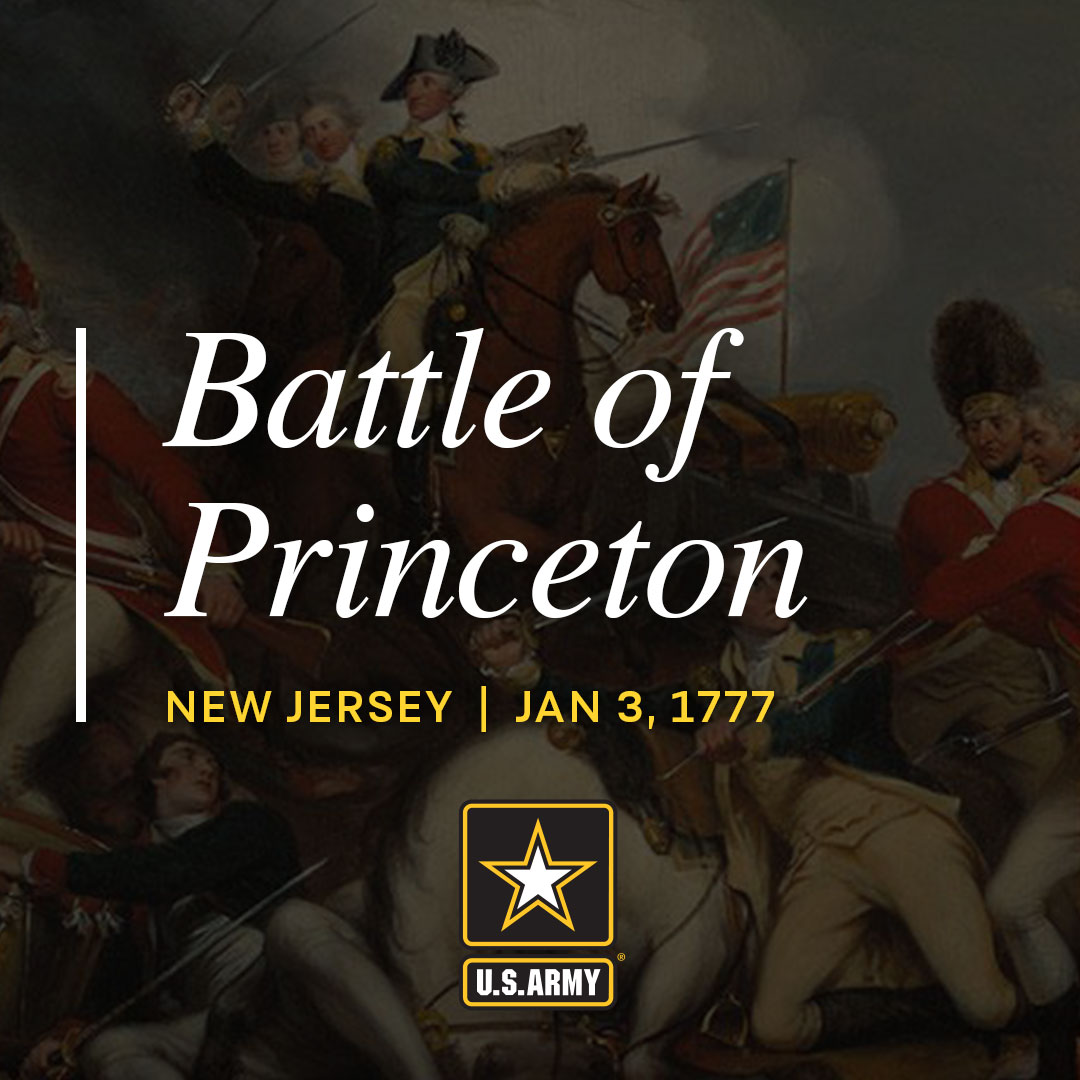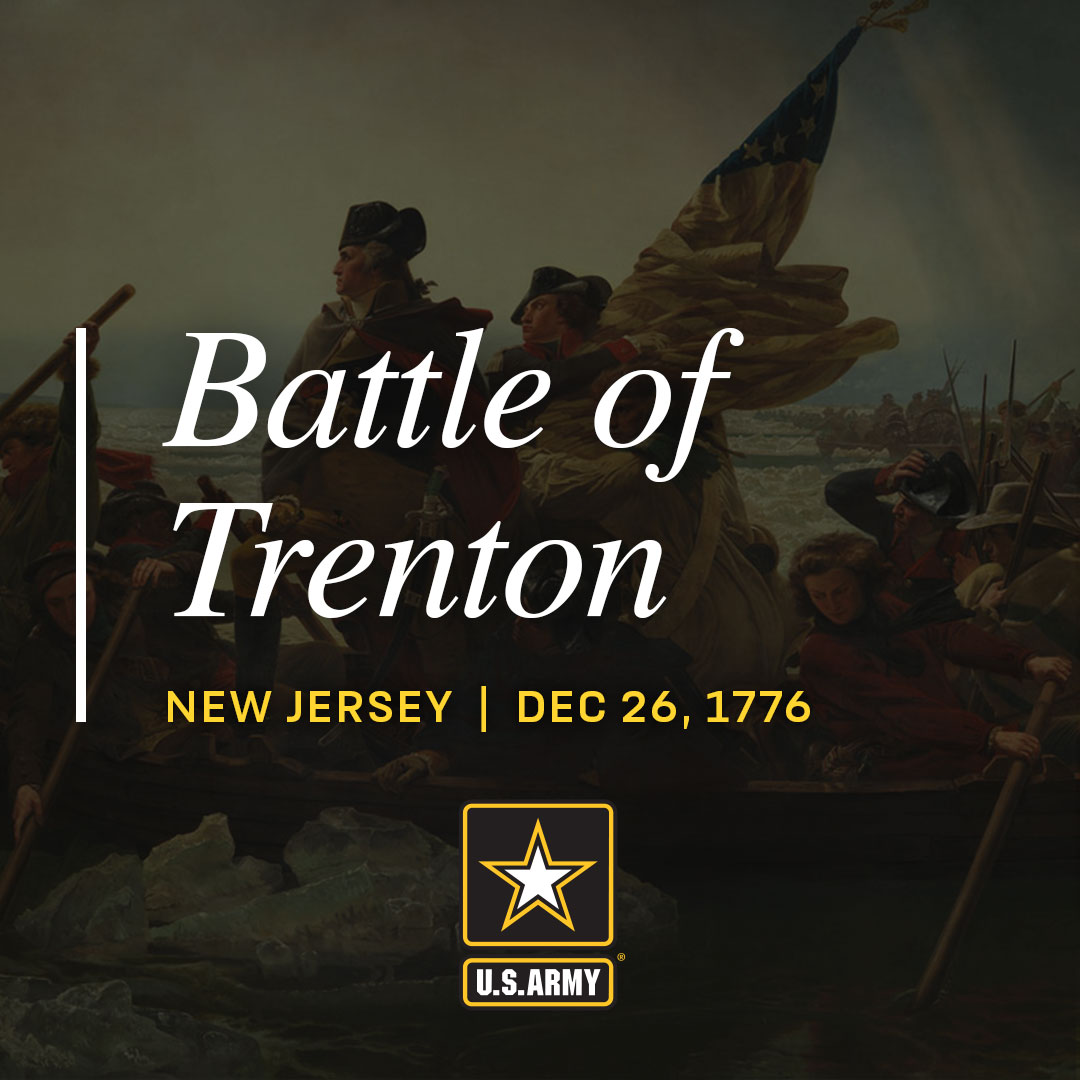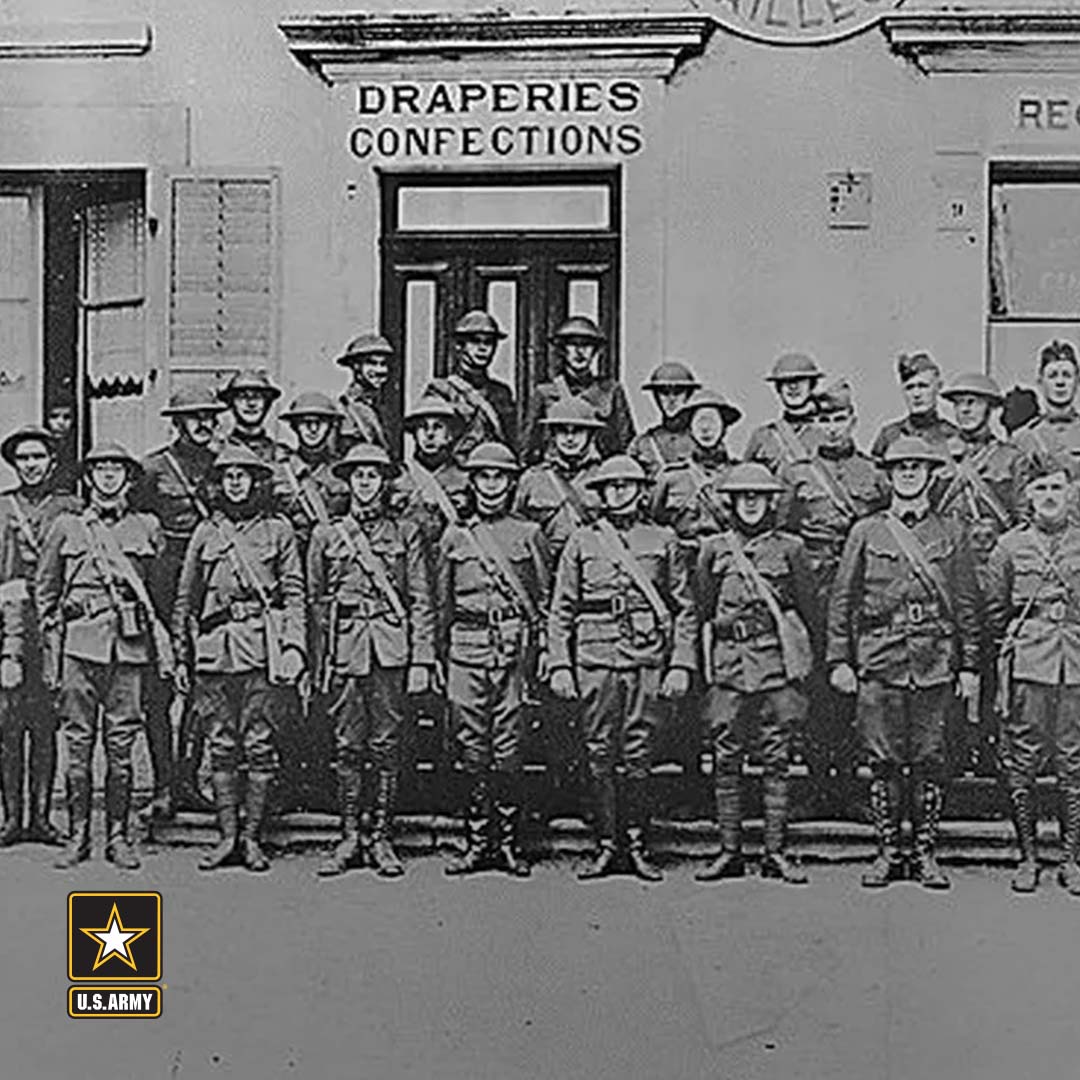
Hear from Pfc. Nathan Spencer, a scout with @FightingFirst who shares how the #USArmy has influenced his life.
Video by @FortBenning
#WhyIServe #KnowYourMil #ArmyValues
Video by @FortBenning
#WhyIServe #KnowYourMil #ArmyValues
How has serving impacted you?
To everyone who responded to this thread, thank you for sharing your story. Your stories are real, they matter, and they may help others in similar situations. The Army is committed to the health, safety, and well-being of our Soldiers.
As we honor those who paid the ultimate sacrifice this weekend by remembering their service, we are also mindful of the fact that we have to take care of those who came back home with scars we can't see.
If you or someone you know is in need of help, please call the Veterans Crisis Line at 1-800-273-8255 (and press 1 to talk to someone NOW) or visit veteranscrisisline.net
• • •
Missing some Tweet in this thread? You can try to
force a refresh





















